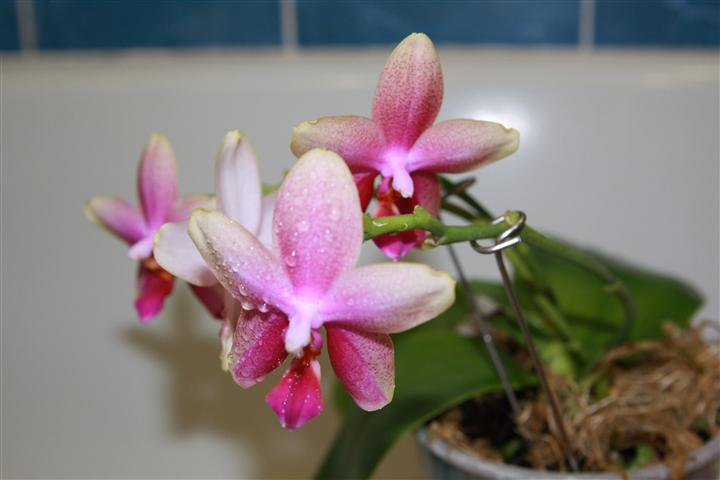 Orchid phalaenopsis liodoro will be a wonderful addition to the home collection of gardeners who love original and spectacular indoor plants. Home care for this flower is quite troublesome, but if you follow some rules, it will certainly delight its owner with lush flowering.
Orchid phalaenopsis liodoro will be a wonderful addition to the home collection of gardeners who love original and spectacular indoor plants. Home care for this flower is quite troublesome, but if you follow some rules, it will certainly delight its owner with lush flowering.
Content
Description and characteristics of the flower phalaenopsis liodoro
The liodoro orchid variety is a hybrid that was created by breeding phalaenopsis species such as Deventeriana and Violacea. Leaves of liodoro are elongated or oval, shiny, slightly wavy, pale green in color. Due to the softness and fragility of the leaves, it is quite simple to injure them. Therefore, the handling of the plant should be careful, especially during the growth period.
Peduncles that hang down can reach a length of up to 50 centimeters. The buds open at once in a few pieces, about five at a time. After the end of one flowering phase, fresh buds are formed on the growing shoot. This feature of liodor allows them to bloom continuously for a long time.
Flowers, which consist of sepals and wide oval-shaped petals, have the shape of a star, their diameter sometimes reaches seven centimeters. Pleasant sweet smell gives notes of citrus and lily of the valley.
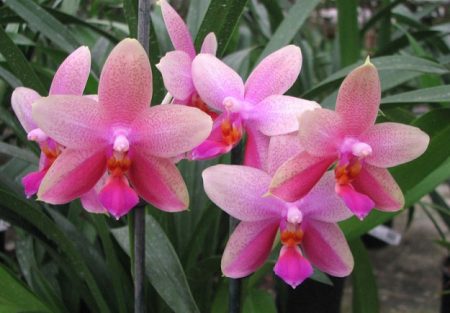
The color of the liodoro orchid can be different - pink, lilac, yellow. There are representatives of this species in which there are small red dots on the petals. How saturated the color will be depends on the conditions under which the flower is grown.
Advantages and disadvantages of liodoro
Orchid liodoro has many advantages:
- lush flowering;
- no need to transplant every year;
- flowering over time;
- nice smell.
The disadvantages of this variety include the following:
- fragility of leaves, which are very easy to damage;
- difficult care - the plant requires certain growing conditions.
Liodoro Orchid - Care
Orchid liodoro needs special attention. Home care for such a demanding flower includes a number of rules that must be respected so that it blooms for a long time.
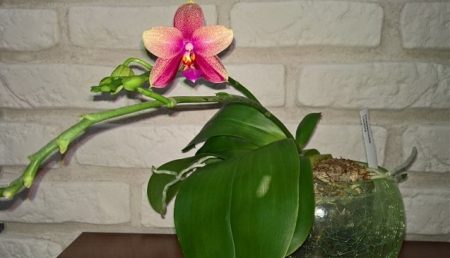
Temperature mode
The correct temperature is a condition that must be observed without fail. The plant, which is originally from the tropics, does not tolerate cold, as well as sharp temperature drops during the day. The temperature at night should not differ from the daytime by more than 4 ° C. If ensuring such a condition in one room is not possible, then you need to put a flower pot in a different place at night. The optimum temperature for phalaenopsis of the liodor at night is 18-22 ° C, in the daytime - 22-25 ° C, and the maximum allowable is 30 ° C.
Air humidity
It is necessary that the humidity level does not fall below 50%. Lack of moisture will have a negative effect on flowering, and eventually the condition of the flower as a whole.
To maintain humidity at the optimum level, an air humidifier should be installed in the room. You can take porous material, for example, expanded clay, wet it with water and put it next to the plant. However, excess humidity can also not be allowed - this can cause various diseases.
Lighting
Phalaenopsis liodoro does not like the direct rays of the sun.Therefore, diffused light should be provided. Both partial shade and bright lighting are allowed.
Watering
When the plant grows and blooms, it is necessary to dry the substrate from time to time. This is a preventative measure against rot and fungi. However, most of the time it is necessary that the soil is constantly moist.
For irrigation, you need to use well-maintained, soft water at room temperature. Root watering is allowed either by immersing the pot in water for a while. The frequency of watering depends on the air temperature. The higher it is, the more often you need to water the orchid.
In the summer heat, you can periodically spray the aerial parts of the plant.
Reviews
Reviews of gardeners who have extensive experience in growing this variety orchids, say that liodoro is actually a whimsical plant care. However, you can easily adjust to his temper by familiarizing yourself with the nuances of the content of this flower and gaining your own experience.

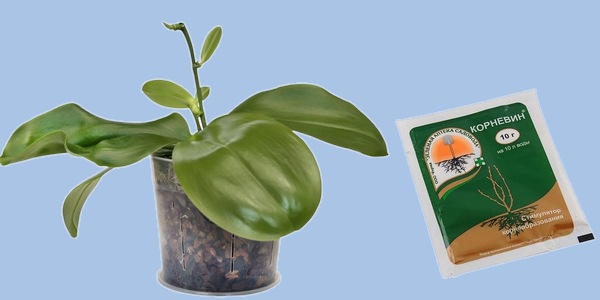
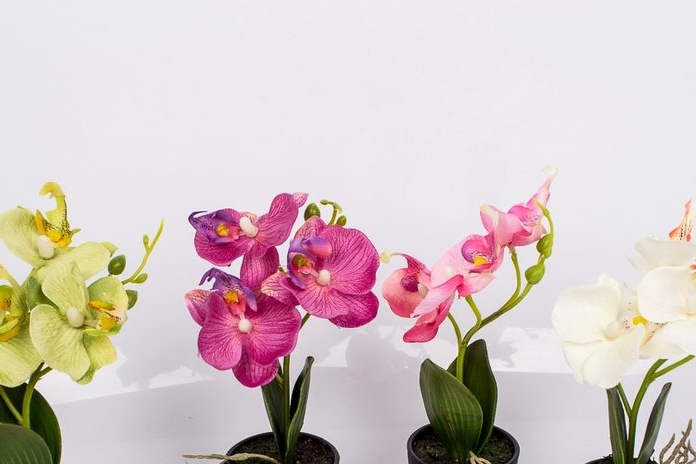
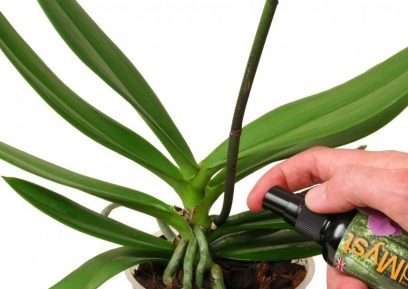
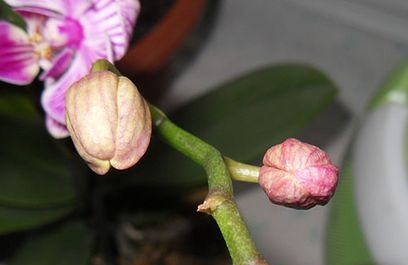 Reasons why orchids fall flowers and what to do
Reasons why orchids fall flowers and what to do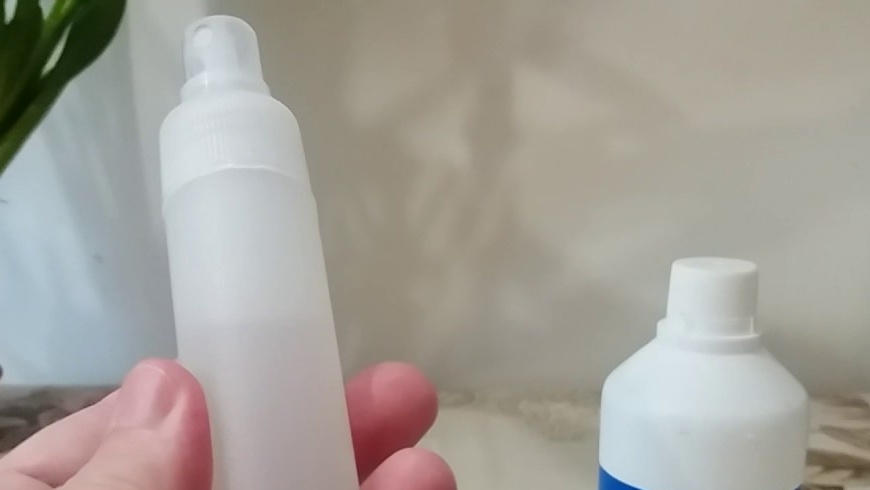 How to use hydrogen peroxide for orchids and why
How to use hydrogen peroxide for orchids and why Midges are wound up in the orchid: effective ways to get rid
Midges are wound up in the orchid: effective ways to get rid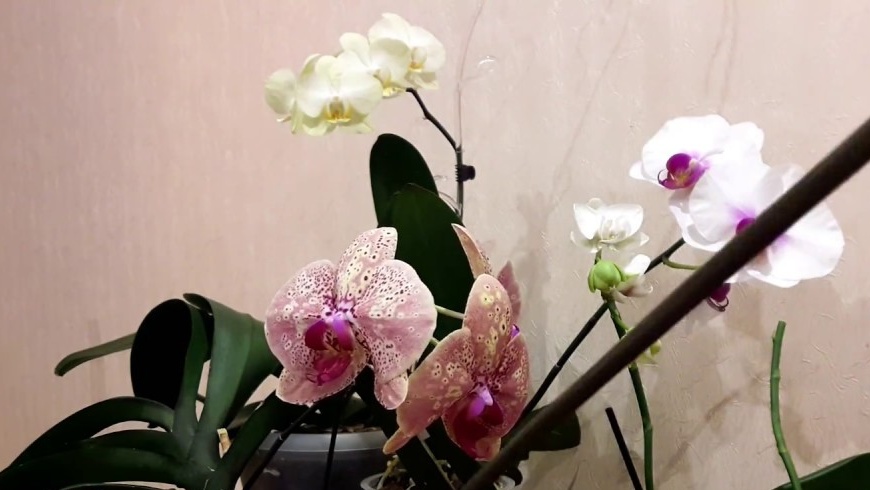 Is it possible to transplant an orchid during flowering
Is it possible to transplant an orchid during flowering